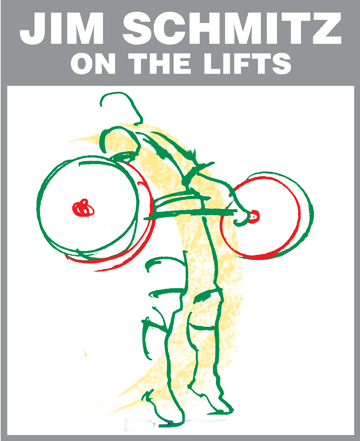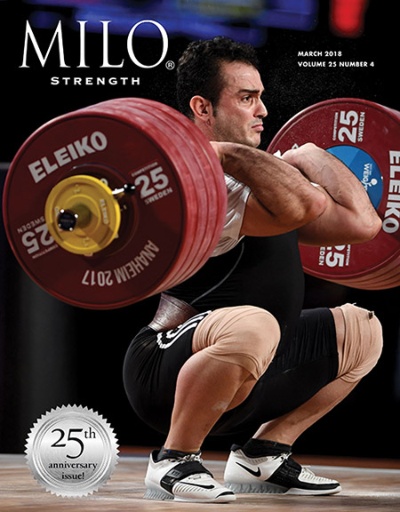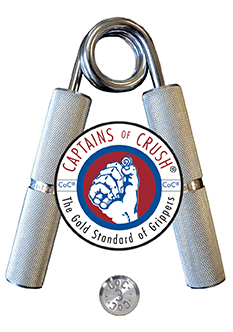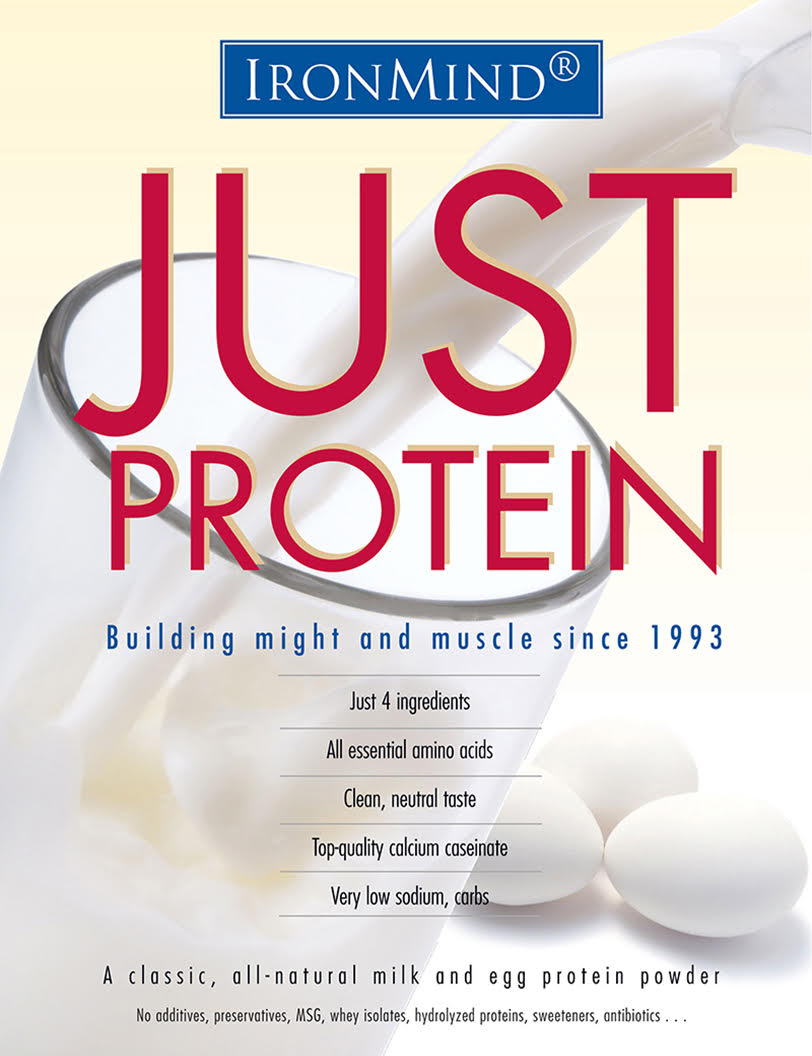
U.S. Olympic Weightlifting Team Coach 1980, 1988 & 1992 Author of Olympic-style Weightlifting for Beginner & Intermediate Weightlifters Manual and DVD
When should you enter your first competition? Whether it is Olympic lifting, power lifting, strongman or whatever, I think you should be properly prepared and know what you are getting into. I’m going to talk specifically about Olympic lifting, but I think the same issues are relevant for all sports. I like a lifter to have at least three months of specific training before he enters his first competition. I want him to have some level of proficiency so he will have a positive experience and won’t get hurt.
I want the lifter to know the basic rules: no stopping on the pull; no press out; must wait for the down signal before lowering the barbell back to the platform under control; no dropping of the barbell; and you get 1 minute to lift the weight when the barbell is loaded and your name has been called (or you get 2 minutes to lift if you follow yourself). The lifter should be informed of basic and general rules during training—even though the coach will take care of the warm-ups and the timing of them, the lifter needs to be aware of what to expect. One of the most common mistakes of first-time lifters is that they lower the barbell before the referee has given the down signal. They need to know that they won’t get the down signal until they are motionless and in control of the barbell.
Lifters should be informed about the weigh-in. It lasts one hour and it begins two hours before the scheduled start of the competition. Make sure you show up early: nothing can ruin a day faster than missing your weigh-in—if you don’t make weigh-ins you don’t lift! Lifters weigh-in in the nude, or at the most they are allowed to wear briefs, not boxer shorts. Women are allowed to weigh-in in bra and panties, maximum. The lifter should know the weight class he wants to lift in so if he is over weight, he will know how much he has to lose. And it is very important that the lifter knows what his first attempt in the snatch and clean and jerk will be, because along with his bodyweight, his starting attempts are written on the official attempt cards and weigh-in sheet.
Now about the actual competition. The lifter should be properly attired: lifting suit, shoes, socks, T-shirt (optional), and only wearing the allowable wraps and tape if he wants or needs to. You are allowed to use athletic tape on your fingers, hands and wrists. You can wear a belt that is no more than 12 cm (4-3/4 in.) wide and knee wraps 30 cm (11-3/4 in.) wide. You can wrap the wrists, but not if you’ve taped the wrists; you are only allowed one type of tape or wraps on the hands, wrists, and knees. The coach should know all these rules and make sure that the lifter walks out on the platform properly attired—it can be very disruptive, and may even cause a lifter to lose an attempt from time running out, if he has to take some thing off or put something on. Also, be aware that you can’t wear clothing or gear with unauthorized advertising or slogans; this is in the rulebook.
I mention all of the above because having participated in hundreds of competitions from the local to the Olympic level, I have seen mistakes in all of the above areas.
Once you decide you are going to compete, which hopefully isn’t a week before the competition, but should be about a month before, you start thinking a little differently. You want to visualize lifting on a larger platform than you are probably training on, with three referees, an announcer, and possibly many spectators. Your surroundings will likely be very different—it might be a basketball court, a theater stage, or even outside, so you want to prepare for diverse environments. One day a week you should train as if it were the day of the contest: do your warm-ups and then three snatches and then do the same for the clean and jerk.
About one week before the contest, have a dress rehearsal. Lift in the gear you’ll wear when you compete and warm-up as you intend to for the contest. Have your coach or someone give you the down signal. Maybe have some other lifters train with you so you get the feeling of having others around if you don’t normally train with others.
I like the dress rehearsal, or “total out” as we really call it, one week out for beginners so that we can determine the competition plan of warm-ups and attempts. If it is your first competition ever, then whatever you do in the total out we will attempt to do in the competition. That is, if you snatched 80 and clean and jerked 100, I would start you at 75 and 95. Your warm-ups would look like this: 40x3x3, 50x2, 60x2, 65x1, 70x1; and your attempts would be, first 75, second 78, and third 80. For the clean and jerk, it would be like this: 60x3x3, 70x2, 80x2, 85x1, 90x1; and your attempts would be, first 95, second 98, and third 100. This might seem conservative, but competition is always very different from training; you can’t take the weights when you want, as it depends on other lifters. Warm-ups are also different from training— you may be using a different bar and weights than you are accustomed to, and you will have to share equipment with people you don’t know. Also, there is a lot of energy and anxiety at competitions that gives them a different feel to you and others.
In a lifter’s first contest, I would be happy if he makes what he has made in training the week before. I’m not so concerned with winning or placing as high as possible as I am with the lifter lifting his best and having many successful lifts—success breeds success! I like to tell people that your first competition is when you really begin Olympic lifting. I also like to tell beginners that whatever they clean and jerk in their first competition, they will snatch in competition in one year—and most of them do. I have used the approach in this article for years and it makes for a very fun and exciting experience for the lifter.
I like to mention David Langon, who got beat by 52-kg Rachel Silverman (three bronze medals in the first women’s Worlds) in his first competition and went on to be U.S. National junior and senior champion and a two-time Olympian. In closing, “It’s not where you start, it’s where you finish, but you’ve got to start somewhere!!”

















